Error E50 in an Electrolux washing machine
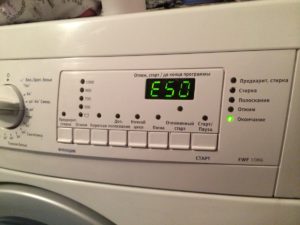 When an Electrolux machine suddenly refuses to continue the cycle, the first thing we pay attention to is the dashboard. For models with a display, a fault code will be displayed; for machines without a screen, the warning lights will begin to blink in a certain order. If error E50 on the Electrolux washing machine is “to blame,” then we can safely begin searching for the problematic “core.” What and where to look?
When an Electrolux machine suddenly refuses to continue the cycle, the first thing we pay attention to is the dashboard. For models with a display, a fault code will be displayed; for machines without a screen, the warning lights will begin to blink in a certain order. If error E50 on the Electrolux washing machine is “to blame,” then we can safely begin searching for the problematic “core.” What and where to look?
Initial actions
If the Electrolux washing machine displays error code E50, then you should not immediately disassemble the housing and look for a fault. This combination reports a whole range of problems, starting from the tachometer and ending with the control board. Therefore, the first thing we do is “ask” the machine. We simultaneously press the “Start” key and the button adjacent to it until another code appears on the display. This is what you need to remember, as it will help clarify the nature of the problem.
You can eliminate error E50 either with the help of a service center employee or yourself at home.
Also, the two-button method will allow you to reboot the machine. It is likely that there was a sudden system failure, and as such there was no error in the operation of the unit. You can restart the washing machine the old fashioned way: turn it off and on.
Another common problem that causes the appearance of the E50 combination is a non-functioning drain. Almost every machine owner knows what to do to correct this situation: we check for blockages in the drain hose, in the garbage filter and on the pump impeller. When the reboot and verification are unsuccessful, you will have to move on.
What caused the code?
You cannot remain inactive - the problem that has arisen requires urgent response, diagnosis and repair. But making a correct “diagnosis” for error E50 will not be easy. The complexity is due to the large number of possible problems with the machine:
- short circuit of the control triac;
- failure of the tachogenerator;
- faulty motor;
- problems with the control board.
Error E50 indicates problems with the tachogenerator, engine and control board.
The extent of the upcoming repair depends on the nature of the problem. More often than not, a quick and inexpensive replacement is required, but sometimes an expensive one is necessary. control board firmware. In order not to guess, it is recommended to look for the fault sequentially, moving from simple to complex. First, we check the Hall sensor and the motor, and lastly we turn to the “brains” of the washing machine.
Let's check the tachometer
The first on the list for diagnostics is the tachogenerator. To check it and, if necessary, repair it, you must first find the device. There will be no problems with this: for all washing machines, regardless of the brand, model and year of manufacture, the Hall sensor is located in the same place - on the motor shaft. You can access the device in a simple way.
- We disconnect the washing machine from the network, disconnect the drain and water supply hoses.
- Prepare screwdrivers and a multimeter.
- Unscrew the back panel of the case.
- Remove the drive belt.
- We find an electric motor.
- Pay attention to the small metal ring on the motor shaft - this is the Hall sensor.
You cannot remove the tachogenerator from the engine right away - first the entire engine is removed.
- We mark the wiring connected to the engine or record all the phases on the camera, otherwise there is a high probability of making a mistake in the connection during reassembly and burning the motor.
- Unscrew the screws holding the engine.
- With both hands we swing the engine from side to side, after which we sharply remove it from the seat. You should be prepared for the fact that the part is very heavy.
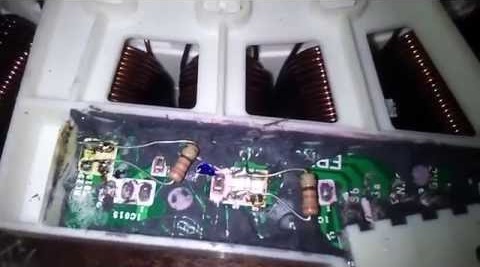
As soon as the engine and tachogenerator are in your hands, you can begin diagnostics. First, we carry out a visual inspection: for the presence of external mechanical damage and the reliability of the fastenings. Often the clamps in the terminals become loose or the contacts come loose, and the solution to the problem is to restore the previous balance.
If visually everything is in order, then testing with a multimeter is necessary. There are two ways to carry out the test. In the first case, we set the device to measure Ohms, after which we release the contacts and attach the probes to the exposed contacts. Next, we evaluate the numbers on the display: if a value of 60-70 ohms is displayed, then the sensor is working properly.
Another option is to measure the current generated by the tachogenerator. To do this, turn on the “Voltage” mode on the multimeter, apply the probes and accelerate the engine by hand. If a value within 0.2 Volt appears on the screen, then the Hall sensor is working. Otherwise, we replace the faulty device with a new one.
We check the motor carefully
If the tachogenerator is working properly, and the display on the Electrolux still shows error E50, then we turn our attention to the engine. To establish the cause of engine failure, it is necessary to conduct a comprehensive diagnosis of the motor. As a rule, the following elements of the system fail:
- collector lamellas;
- rotor and stator windings;
- electric brushes.
More often, the lamellas “suffer” and deteriorate after a short circuit in the windings. Due to current fluctuations, the contact plates overheat and peel off, which introduces an imbalance in the operation of the motor. The “layers” are fixed with an adhesive solution directly on the collector, and the electrical connection occurs due to the formation of special hooks in the rotor section. It is the latter that most often becomes impossible if, due to a breakdown, the cord breaks at the joint.
It is many times worse when the lamellas delaminate when heated. Then the current passing through the plates and winding becomes higher than the operating level and can lead to unpredictable consequences. Peeling can be confirmed by slowly turning the rotor with one hand: if a clear cracking sound is heard, then there is a defect. It is prohibited to operate such a unit.
Detachment does not occur by accident. This can be caused by jammed bearings or starting the washing machine with half-open flaps when loading vertically. Also, through such a defect, the lamellas “hint” at serious breakdowns in the motor or improper operation of the machine. If there is a slight peeling of up to 0.5 mm, the situation can be corrected by grooving the collector on a special machine. We also do not forget about a visual control check, cleaning the housing from chips and dust, and manually cleaning all irregularities.
Another problem area on the engine is the electric brushes. If they are worn out, then operating the machine becomes risky. The fact is that when the carbon tips wear out, the “body” of the brushes begins to rub against the engine body, causing sparks to appear. To minimize the risk of fire, the old pair must be replaced with a new one.
Electric brushes are replaced only in pairs - even if one of them is practically not worn out.
The choice of new parts should be taken extremely seriously.You can purchase a replacement through specialized stores, service centers or on the Internet. In the latter case, it is enough to enter a request into any search engine, select the organization you like, contact their support service, check the availability of spare parts or place an order. You can navigate the assortment by the serial number of the washer, motor, or the old model. There are no universal brushes - each engine requires “its own” tips. Hardness is also important, since coals that are too hard can damage the collector.
If there are no problems with the brushes, windings and lamellas on the motor, there is only one possibility of failure - failure of the control board. There may be several reasons for the malfunction, but it is not recommended to carry out diagnostics yourself. It is cheaper and more reliable to immediately turn to professionals, since the electronic module is an extremely fragile and expensive system.
Interesting:
Reader comments
- Share your opinion - leave a comment

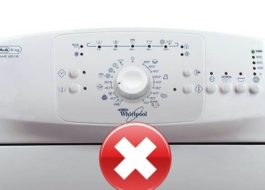
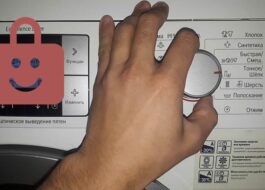
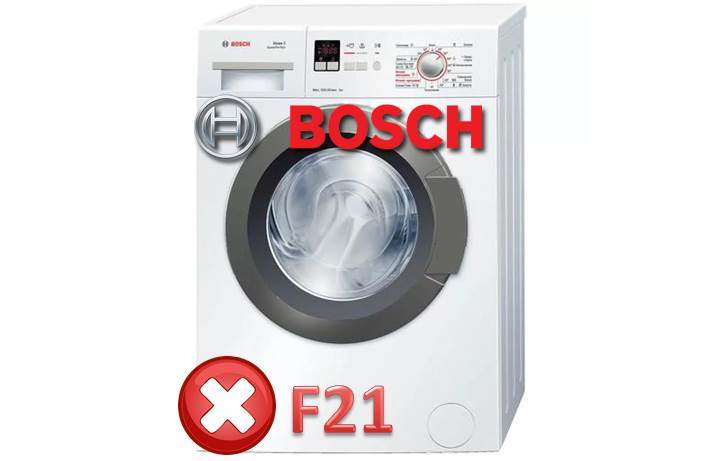
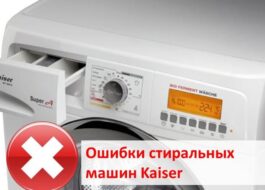
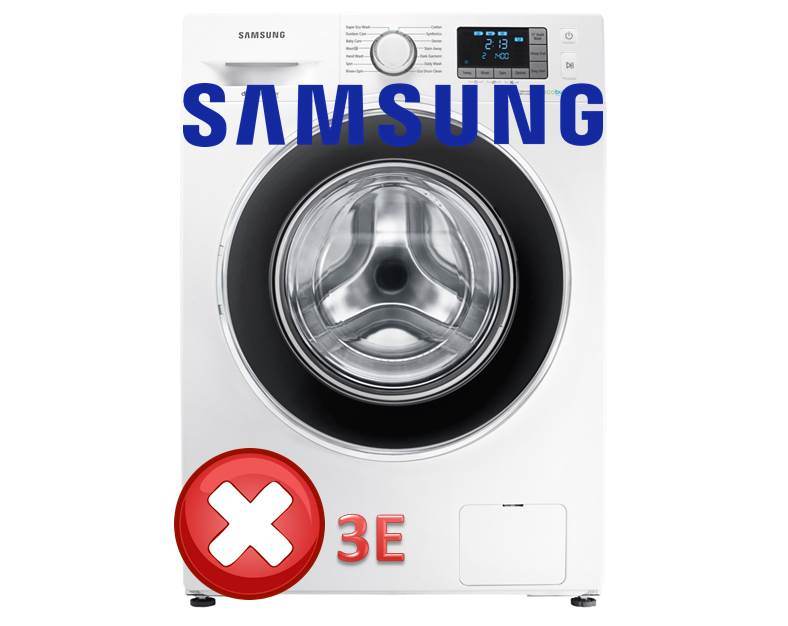
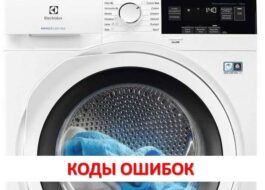














Add a comment